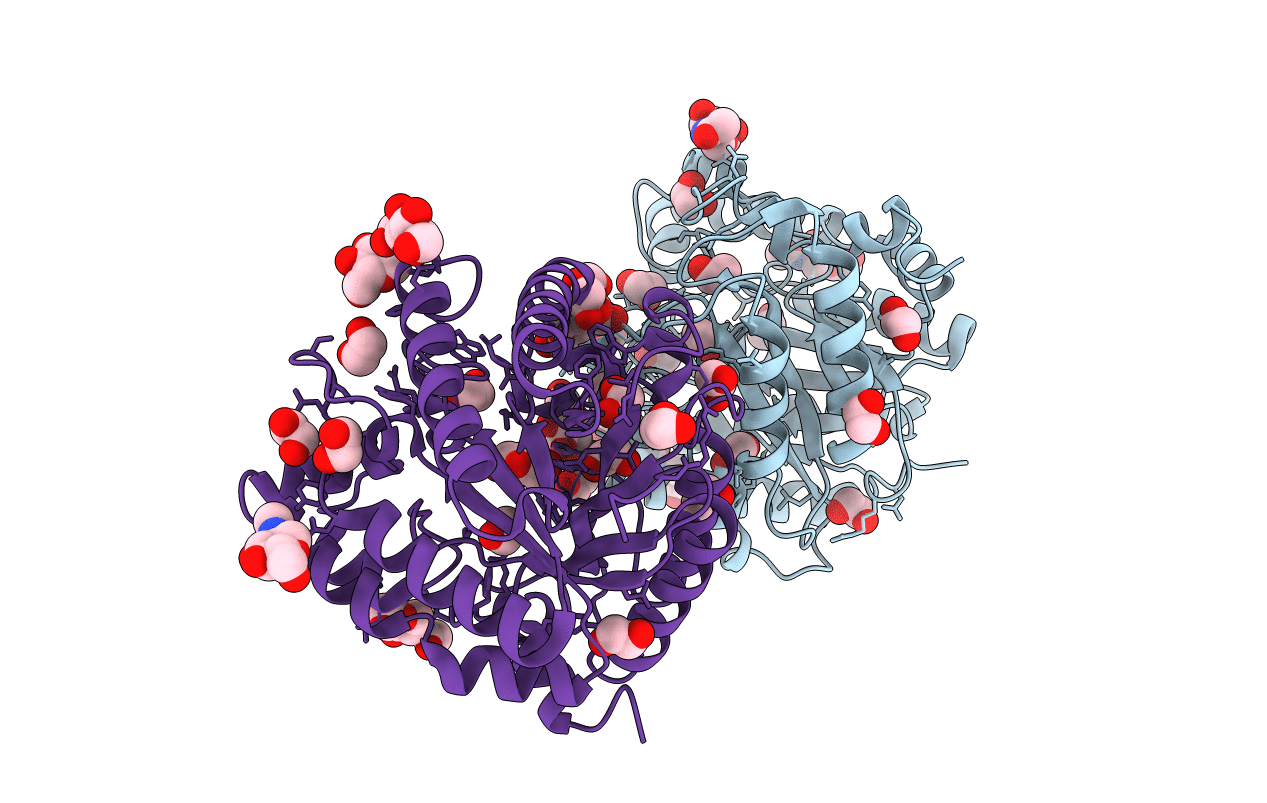
Deposition Date
2018-10-28
Release Date
2020-01-29
Last Version Date
2024-11-13
Method Details:
Experimental Method:
Resolution:
1.27 Å
R-Value Free:
0.17
R-Value Work:
0.15
R-Value Observed:
0.15
Space Group:
P 21 21 21


